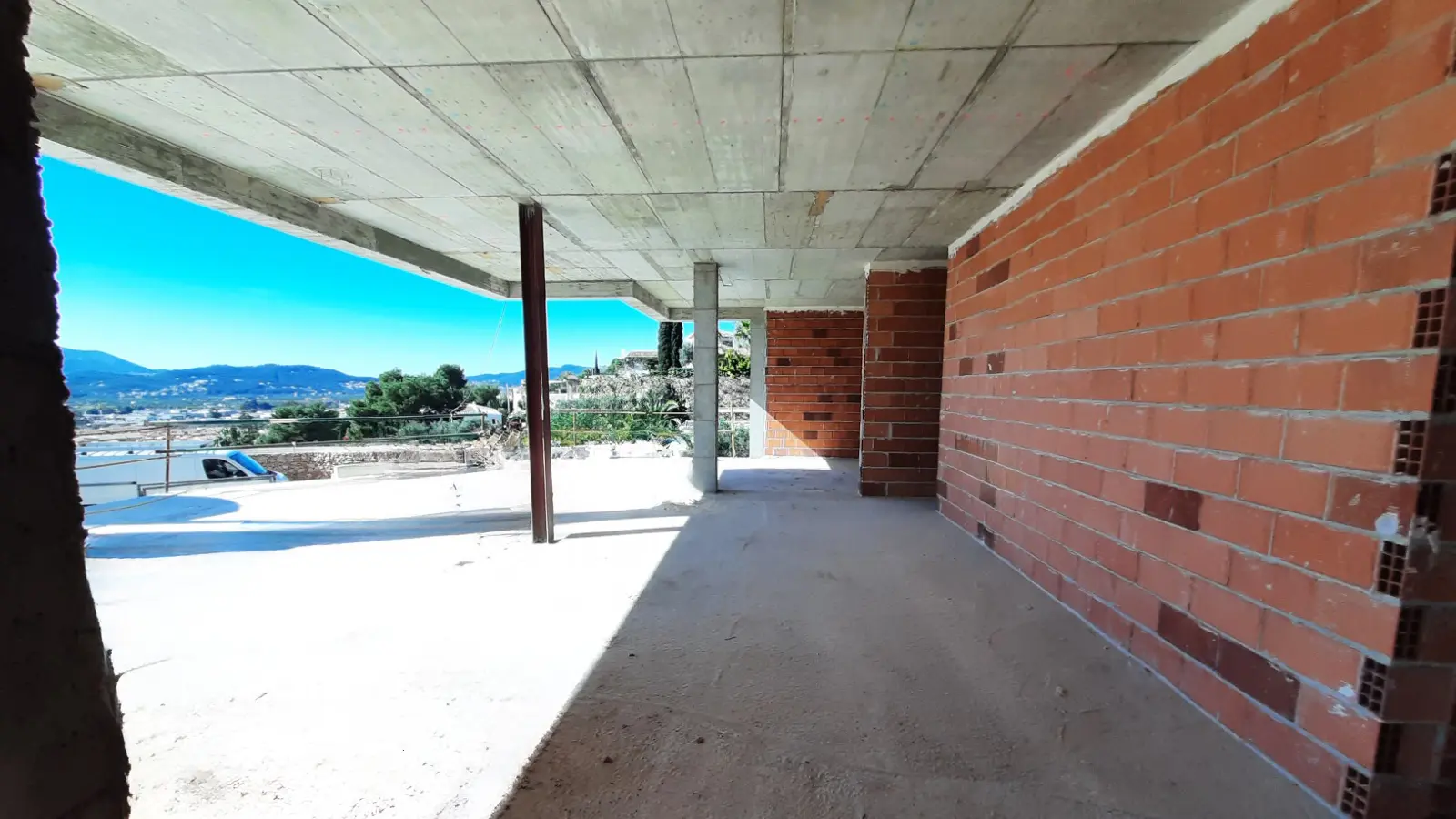The choice between metal or concrete structures is crucial in the fields of engineering and architecture. The advantages and disadvantages of both types must be considered. Steel stands out for its strength, speed, and reusability, while concrete is adaptable, durable, and safe. The choice between them will depend on the project’s needs, and we tell you all about it at La Quinta Fachada.
Advantages of Steel Structures
Steel structures offer a number of benefits that make them an attractive option in the construction field. Here are some of the most notable advantages:
Strength and Speed of Construction
- Steel is a highly resistant material that can withstand heavy loads and maintain its structural integrity.
- The speed of construction is a key advantage of steel, as it allows projects to be completed in less time, potentially resulting in significant savings.
Reusability and Lightweight
- The ability to reuse steel makes it a sustainable and environmentally friendly option.
- Steel’s lightweight facilitates its transportation, handling, and installation compared to other heavier construction materials.
Design Comfort
- The versatility of steel allows for greater freedom in architectural design, leading to more innovative and aesthetically attractive buildings.
- Steel structures can adapt to different shapes and geometries, providing flexibility to architects and designers in creating unique spaces.
Disadvantages of Steel Structures
Corrosion and Vulnerability to Fire
- A major disadvantage of steel structures is their susceptibility to corrosion, especially in humid or saline environments. Lack of proper protection can accelerate this process, compromising the structure’s integrity. Additionally, steel is highly vulnerable to fire, as it loses its strength at high temperatures, potentially endangering the building’s safety.
Initial and Maintenance Costs
- Another significant disadvantage of steel structures is their higher initial costs compared to other options such as concrete. Quality steel and anti-corrosion treatments can represent a significant outlay in the construction phase. Likewise, maintenance costs over the structure’s lifespan must also be considered, as corrosion protection and eventual repair work can entail additional expenses.
Advantages of Reinforced Concrete Structures
Easy Adaptation and Availability
- Reinforced concrete stands out for its ability to adapt easily to different architectural designs, allowing for the creation of customized and functional structures. Moreover, its availability in the market facilitates its use in a wide variety of projects.
Durability and Fire Resistance
- One of the main advantages of reinforced concrete is its high durability over time, ensuring the longevity of structures built with this material. Additionally, its fire resistance provides an extra level of safety in case of fires, protecting the structure and its occupants.
Safety and Low Maintenance
- Reinforced concrete structures offer a high level of safety due to their resistance to loads and their ability to withstand stresses. Furthermore, they require minimal maintenance compared to other construction materials, potentially resulting in long-term savings on maintenance costs.
Disadvantages of Reinforced Concrete Structures
Weight and Volume
- Reinforced concrete is a heavy material, which may require more robust and costly foundations to support its weight.
- The volume of reinforced concrete may limit its use in structures where maximizing interior space is required.
Seismic Performance
- In seismic zones, reinforced concrete may be less flexible than other materials, potentially affecting its ability to withstand seismic movements.
- The rigidity of reinforced concrete can generate additional stresses during an earthquake, possibly resulting in structural damage.
Higher Construction Cost
- Compared to other alternatives, reinforced concrete generally has a higher construction cost due to the need for formwork, shuttering, and other specific processes for its placement.
- The finishing and treatment processes of reinforced concrete may involve additional expenses in the construction stage.
Comparison Between Steel and Reinforced Concrete Structures
When choosing between steel and reinforced concrete structures, it is essential to consider various characteristics that may influence the final construction decision. Below are the main differences between both materials:
Weight, Strength, and Speed of Construction
- Steel is lighter than concrete, which facilitates the transport and handling of materials on-site.
- In terms of strength, steel stands out for its high capacity to support loads, making it ideal for structures that require robustness.
- The speed of construction is an advantage of steel, as its assembly tends to be more agile and efficient than that of reinforced concrete.
Durability, Safety, and Fire Resistance
- Reinforced concrete is known for its durability over time, resisting adverse environmental conditions without deteriorating.
- Regarding safety, reinforced concrete provides a sense of solidity and stability in constructed structures, generating confidence in its resistance.
- Fire resistance is a highlighted feature of reinforced concrete, offering greater protection against fires and high temperatures.
Considerations for the Appropriate Choice
- When opting for steel or reinforced concrete, it is crucial to evaluate the specific needs of the project, including the load the structure will support and the environmental conditions it will be exposed to.
- The speed of construction, long-term durability, and fire resistance are aspects to consider in choosing the most suitable material for each construction.
- Additionally, the available budget and maintenance costs over time should also be taken into account for an informed and accurate decision.
Applications and Considerations in the Construction of Metal and Concrete Structures
- Metal structures are widely used in the construction of industrial warehouses, bridges, and high-rise buildings due to their strength and speed of construction.
- On the other hand, reinforced concrete structures are employed in the construction of residential buildings, commercial buildings, and infrastructures like tunnels and dams, thanks to their durability and fire resistance.
- When choosing between metal or concrete structures, it is fundamental to consider the environment in which they will be used, as well as the specific requirements of resistance and durability of the project.
- For projects requiring speed in construction and adaptability in design, metal structures are often the preferred choice.
- Conversely, in projects where fire resistance and long-term durability are priorities, reinforced concrete is usually the best option.
